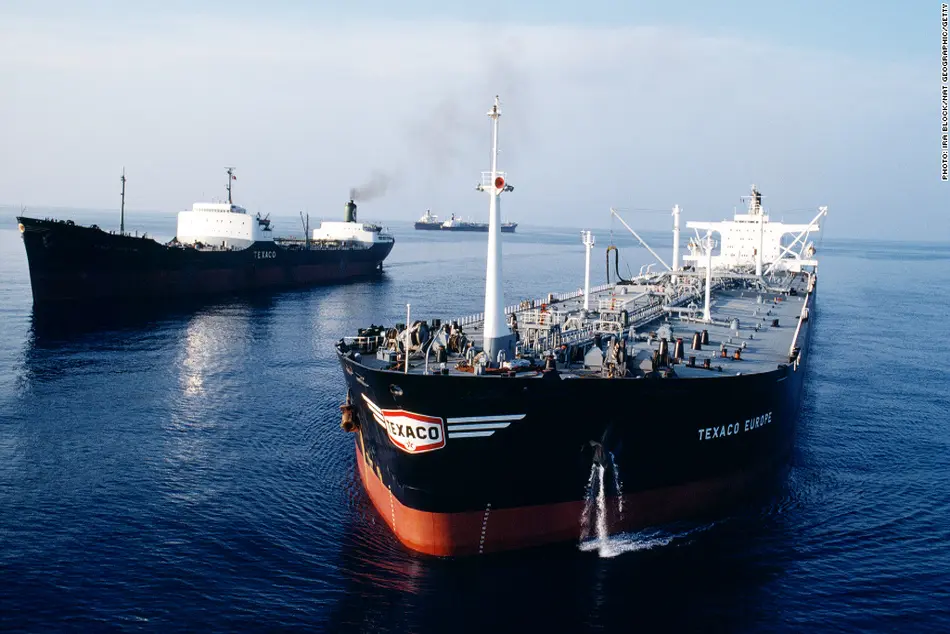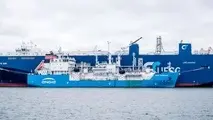Americas crude tankers gain on US exports

Rapidly rising US crude exports have propelled freight rates for 2mn bl tankers in the Americas to six-month highs, mitigating the impact of surplus global vessel supply. The increasing frequency of long-haul shipments to Asia has stretched out the global fleet.
Oil cargo movements from Venezuela, Mexico, Colombia, and Brazil to Asia have historically driven demand on the longhaul route, but the addition of US crude to the mix has meant greater demand for ships in the region.
The Caribbean-Singapore VLCC rate, a proxy for US-Asia VLCC freight costs, climbed on strong demand to $4.1mn lumpsum today, the highest level since 16 May, according to Argus data.
Exports reached a record of nearly 2mn b/d in the final week of September, according to the US Energy Information Administration (EIA).
Much of this volume is moving to Asia on VLCC tankers. This week, buyers including China’s Unipec, Japan’s JX, and South Korea Energy fixed an estimated five VLCCs to carry full or partial US crude cargoes to Asia in a combination of October and November loadings.
Other vessel segments, such as Suezmaxes and Aframaxes, also carry US crude to foreign buyers. Smaller tankers provide more port flexibility for loading and unloading, but on long-haul routes, VLCCs typically offer charterers the best $/bl rate.
Strong demand for US crude movements to Asia on VLCC tonnage helped account for VLCC’s recent gains in the Caribbean and Gulf of Mexico region, a shipbroker told Argus.
Rising US crude exports to Asia on VLCC ships, and to a lesser extent on Suezmaxes, are also pushing Aframax rates in the Caribbean higher. Since shallow drafts at US Gulf coast ports prevent larger ships from loading cargoes directly, Aframaxes are often chartered to load the cargoes at the terminal and then transfer the oil onto the larger ships in the open Gulf of Mexico via lightering.
The increase in Aframax demand to support the larger ships has contributed to a shortfall of Aframax tonnage availability in the Caribbean, helping push rates for US Gulf coast discharge up nearly 25pc in the last week.
An important driver for the elevated export volumes is wider discounts for US crude among foreign buyers because of an abundance of US crude along the Gulf coast.
Flooding following the late August hurricane knocked out nearly a quarter of total US refining capacity, leading refiners to process less crude.
The uptick in ship demand on the back of US-Asia movements has put further upward pressure on an oversupplied VLCC market. The Caribbean-Singapore VLCC rate of $4.1mn lumpsum, a six-month high, is 9pc lower than the same day last year, and 45pc lower than in 2015, according to Argus data.



